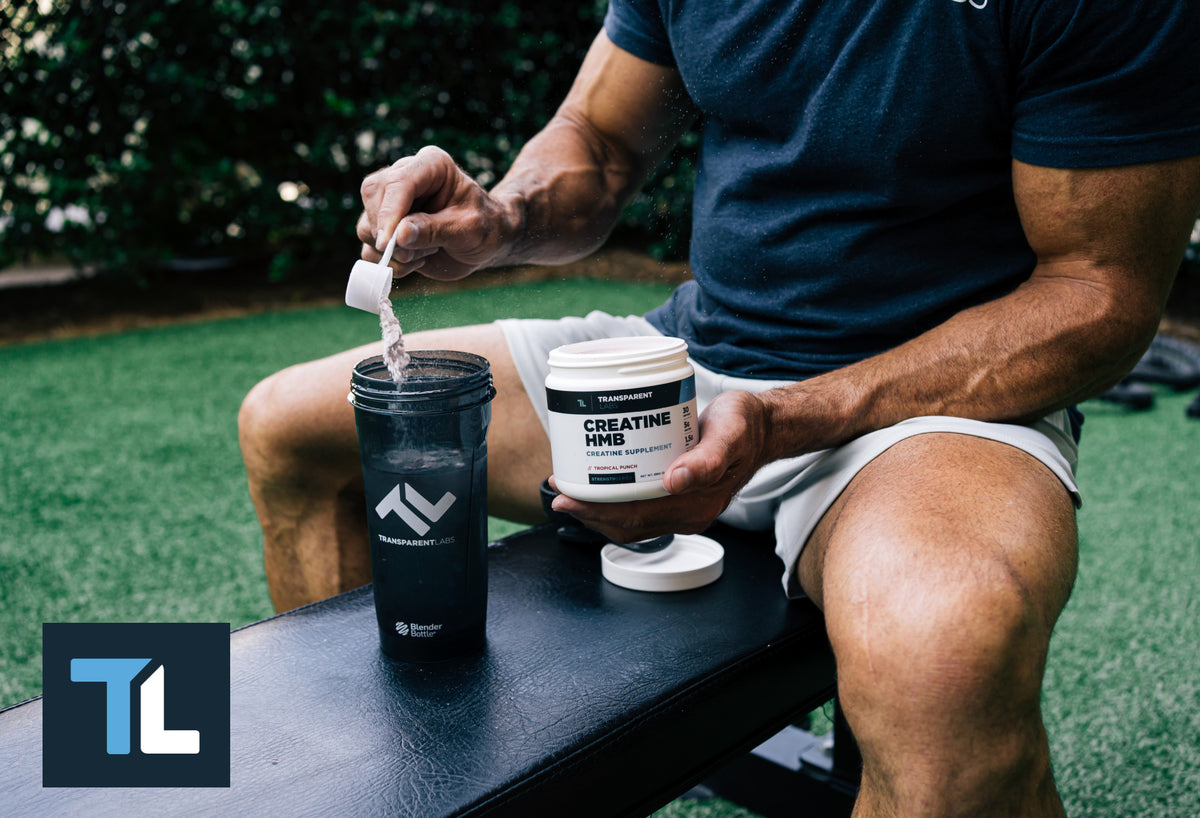Is Creatine Loading Necessary to Saturate Muscle Creatine Stores?

Is Creatine Loading Necessary for Maximizing Muscle Creatine Stores?
Creatine (monohydrate) remains the most effective sports nutrition supplement for increasing muscle mass, muscle strength, and overall exercise performance. Countless studies have demonstrated the benefits of creatine supplementation, with and without a creatine loading phase [1].
A creatine "loading phase" is often recommended when (re)starting creatine supplementation, specifically creatine monohydrate. Intramuscular creatine stores are saturated rapidly by front-loading with large daily doses of creatine. In turn, loading creatine allows athletes and gym-goers to realize the ergogenic effects of creatine supplements in a shorter time than standard maintenance doses of creatine.
But is creatine loading necessary to reap the most benefits of creatine?
To Load (Creatine) or Not to Load; That Is the Question
For creatine supplements to be effective for athletic performance, they must help saturate skeletal muscle creatine stores. The body synthesizes small amounts of creatine endogenously, and creatine is also found in some foods (e.g., red meat), but it is impractical to achieve full muscle creatine saturation through whole foods/diet alone; hence, creatine supplementation is needed.
The body, primarily muscle mass, constantly exhausts creatine stores to generate adenosine triphosphate (ATP), the veritable energetic "currency" of cells. Therefore, taking creatine consistently for extended periods is necessary to maximize the benefits.
Even if you start with a creatine loading phase, intramuscular creatine levels will diminish upon cessation of supplementation. After a loading phase, supplementing with creatine daily (in lower doses) is critical for ongoing ergogenic effects.
Many creatine supplements advise an initial "loading phase" to saturate muscle creatine stores, but plenty of evidence now exists to refute the "need to load" when taking creatine [4]. You don't need to start by loading creatine.
At best, a creatine loading phase will expedite the process of saturating muscle creatine stores, but it won't lead to more pronounced benefits or muscle gains than a standard maintenance dose of creatine [5].
With that in mind, let's talk about how to creatine load and when it makes the most sense.
How to Load Creatine Supplements: Dosing Guidelines

Loading creatine entails 5 to 10 days of "megadosing" a creatine supplement, typically creatine monohydrate, followed by a transition to a considerably lower maintenance dose of creatine. In most studies, the static creatine loading dose is 20 to 25 grams of creatine monohydrate per day, split into 3 to 4 smaller doses, for one week [6].
However, some research has prescribed a relative creatine loading phase with 0.3 grams of creatine per kilogram of body weight [7]. For a 100-kg (220-lb) athlete, that comes out to a sizable 30 grams of creatine per day during the loading phase. (Note that you will need to adjust these doses depending on which form of creatine you're taking.)
In a pivotal "loading vs. maintenance dose" study, muscle creatine accumulation was virtually the same (~ 20% increase) after participants consumed just 3 grams per day for 28 days or a much-larger 20 grams per day for six days [8]. Thus, research suggests individuals should consume ~3-5 grams of creatine monohydrate per day for at least four weeks to experience similar skeletal muscle saturation levels as an aggressive loading phase.
Should You Follow a Creatine Loading Phase?
Determination of which creatine supplementation strategy is preferred may depend on the goal of the individual. For instance, if an athlete is hoping to maximize the ergogenic potential of creatine supplementation in a very short period of time (< 30 days), adopting the creatine' loading' strategy may be advised.
Supplementing creatine daily can provide myriad benefits for athletes and active individuals alike, especially those who engage in resistance training and explosive exercise. And while a creatine loading phase will accelerate muscle creatine saturation, it's not always prudent to load creatine when initiating creatine supplementation.
Taking "megadoses" of creatine (e.g., 20+ grams of creatine monohydrate per day) may not be tolerable for everyone; it's well-known that large doses of creatine can cause untoward effects in certain individuals, notably gastrointestinal distress and muscle cramps [9]. Water retention, however, is not really a "side effect" of creatine supplementation; it's actually one of the ways creatine promotes an anabolic milieu in muscle cells [10].
For athletes and gym-goers that find creatine loading exacerbates adverse effects, it's best to use smaller doses (e.g. 2 to 5 grams of creatine monohydrate per day) daily for at least four consecutive weeks. This approach will allow for muscle creatine stores to be fully saturated while minimizing potential side effects.









